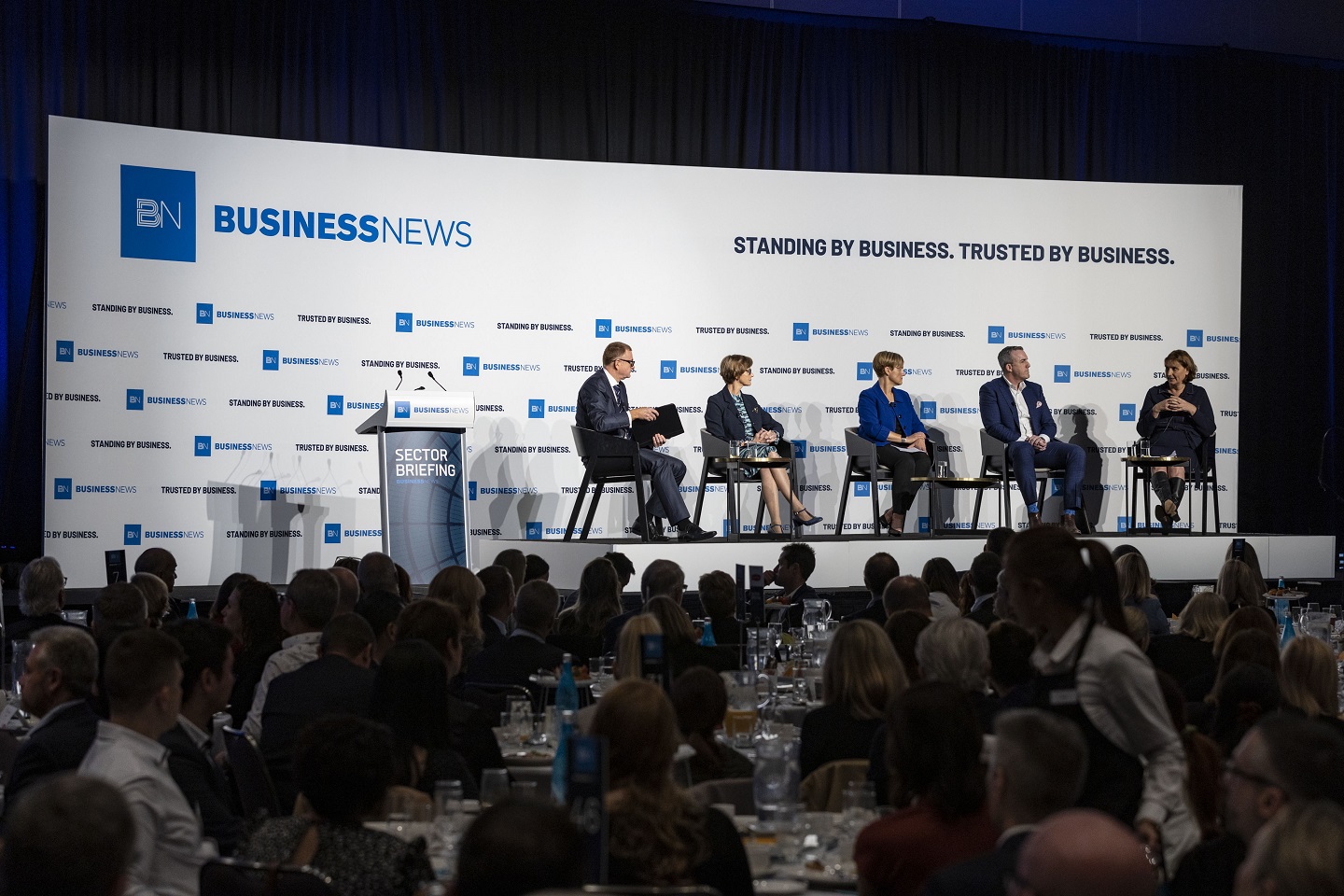Aged care sector leaders say it is difficult to recruit skilled workers when the award for nurses in the industry is about 30 per cent less than those working in disability or hospital settings.


Aged care sector leaders say it is difficult to recruit skilled workers because the award for nurses in the industry is about 30 per cent less than those working in disability or hospital settings.
The comments were made at a Business News sector briefing breakfast this morning which was held to launch an ACIL Allen Consulting report, commissioned by a group of aged care providers, analysing the social and economic benefits of the sector.
The report estimated the aged care workforce would need to grow by 60 per cent in the next decade to meet growing demand, compounding labour issues for the sector.
More skilled workers, including nurses, will also be needed after the federal government accepted recommendations from the Royal Commission into Aged Care Quality and Safety which required residential aged care facilities to deliver 200 care minutes, and an additional 40 care minutes provided by a nurse, per resident per day by October 1, 2023.
Amana Living chief executive Stephanie Buckland said award payments for nurses in aged care were a lot lower than those working in disability and hospital settings, making it difficult to attract workers.
“That’s my concern, the jobs are quite similar, the skillsets are similar, the importance to other human beings is similar yet the wages are significantly different,” Ms Buckland told Business News after the event.
“It makes it very difficult for an aged care employer to be able to attract the right sort of people to the role when the intrinsic benefits of the job are probably quite similar.”
She said while most providers paid above the award rate, they could only pay staff within the limits of the funding they received from the federal government.
“Our largest cost is salaries and wages and so when the government sets the price they are prepared to pay for their services, naturally that puts a ceiling on the amount we can pay our workers,” she said.
Ms Buckland said the National Disability Insurance Scheme sets prices for care in the disability sector and pricing for hospital services was determined by the Independent Pricing Authority, but there was not a similar body for the aged care sector at this stage.
However, in the federal budget, the government announced it was going to establish an Independent Pricing Authority for the sector, which Ms Buckland hoped would rectify the situation.
“We can do all the things we can to make the job better, but unless that wage parity issue is addressed, I think we will be continuing to spin our wheels a bit,” she said.
The Australian Nursing and Midwifery Federation recently announced it had taken its campaign for higher wages for aged care sector nurses to Fair Work, after the government opted not to take the royal commission’s recommendation to increase the award.
Under the application, the highest hourly rate for an enrolled nurse would increase from $24.73 an hour to $30.93. For a registered nurse at the end of level one, the base rate would rise from $30.23 to $37.80 an hour.
Brightwater Care Group chief executive Jennifer Lawrence told the event that the difference in pay showed how the sector and the people it cared for were undervalued.
“Fundamentally it comes down to the visibility of this industry and how we as a society value the elders in our society,” Ms Lawrence said.
Health Minister Roger Cook told Business News he thought increasing wages in the aged care sector was important.
“There should not be such a gap between nurses in the state system and aged care," Mr Cook said.
He said while employment in the aged care sector was a federal responsibility, the state government played a role through Jobs & Skills WA which provides training programs for the sector.
Centre for Transformative Work Design director Sharon Parker claimed there was a gender element to the pay issue.
“We see this affect unfortunately in sectors where women dominate, salaries tend to go down and I think that’s absolutely what’s going on here,” Ms Parker told the event.
She said pay was not the only thing that could be done to attract high-quality workers to the sector.
“In countries like Japan, aged care is a lot more professionalised and a much more valued occupation,” Ms Parker said.
“One of the problems here is that because of wage issues and funding issues, it isn’t a professional area, it’s not an area where people are seeing careers for themselves.
She said the sector needed to take a multi-pronged approach to attracting and maintaining a high-quality workforce including increasing wages, ensuring the sector was adequately funded, finding innovative ways to recruit staff and an emphasis on leadership and culture.
ACIL Allen Consulting executive director John Nicolaou said workforce planning was at the forefront of leaders' minds at the moment.
“We have a sector that has highlighted its labour needs over the next decade but we have an economy that has an unemployment rate of less than five per cent, we have a record level of job vacancies right now at over 40,000 and we have negative overseas migration, which is the first time we have ever seen that, because of the constraints that have been importantly imposed on the state overall,” Mr Nicolaou said.
ACIL Allen Consulting’s report stressed the size and importance of the aged care sector.
It estimated it would contribute $6.2 billion to gross state product, pay $5.1 billion in salaries and wages and employ 57,529 people by the end of the decade.
The report calculated for every $1 invested in the aged care sector, there was a social and economic return of $2.11.
The benefit included avoided healthcare costs, avoided disability, direct value add, avoided labour costs and relief for care for family.















